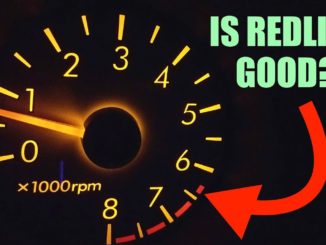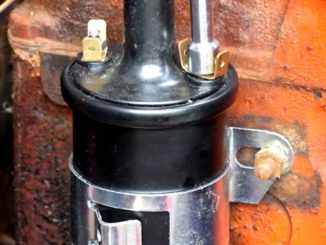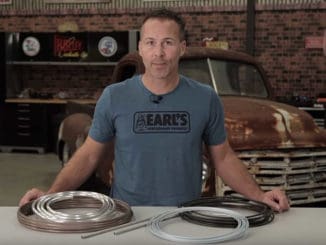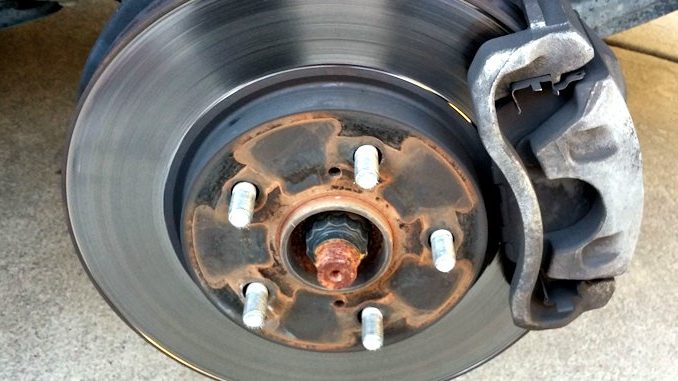
Disc brakes are standard on the front of most passenger vehicles. The majority of car makers have gone to four-wheel disc brake systems.
The rotor and brake pad are the parts that do the actual work of stopping the car. Disc brakes begin to show wear (depending on driving style) at around 8,000 to 10,000 miles. To avoid costly repairs, it is advisable to change the brake pads every 10,000 to 15,000 miles.
Disc brakes can come in several designs but the most common is the single-piston floating caliper disc brake. To better understand how the disc brake works, we will go over the components of the brake and the technology behind how a brake actually functions.
Disk Brake Diagram
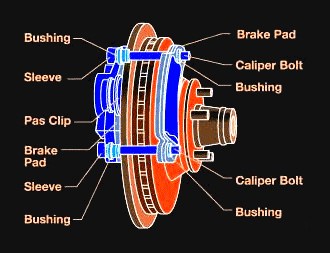
Most of us realize that the days of stopping a car Fred Flintstone style were over with the invention of 65-mph speed limits and superhighways. When we stomp on the brake pedal and our two-ton vehicle actually stops, there is a whole lot more to the process than simply pressing the brake pads against the disc to make the car stop.
Three major scientific actions come to play to create enough force to stop a vehicle moving at 65 mph with four adults and a huge load of after-Christmas sales deals. Friction, hydraulics, and leverage all work together to make certain that your loved ones arrive safely at their final destinations.
Disc brakes consist of brake pads, calipers, and the rotor which is mounted on the wheel hub of the car. In the disc brake design, hydraulic pistons press the brake pads against the rotor. The friction created between the brake pads and the disc slows the vehicle.
The kinetic energy of such a large mass in motion is a factor as well when creating a stopping mechanism that doesn’t overheat the brakes. To achieve this, disc brakes typically have vents to cool them. To cool the brake pads, two cooling veins run alongside the discs to pump cool air to the pads.
Maintaining your vehicle’s brakes in good condition is essential to the safety of your vehicle. When your brakes become worn, you will begin to notice a metal on metal sound every time you brake. Eventually, the brakes will start to grab as a result of the brake pads wearing down to metal and grabbing onto the rotor. At this point, you can anticipate a much more expensive repair, possibly even replacing the rotors instead of just turning them.
Replacing the brake pads yourself is inexpensive and will also lengthen the life of your car. Replacing brake pads should be considered a part of regular maintenance just as changing your oil and air filter is. Generally, brake pads will run between $10 and $50 depending on the car and the quality of the brake pads. Some brake pads can be purchased with a warranty so you simply exchange the old set when they become worn.


